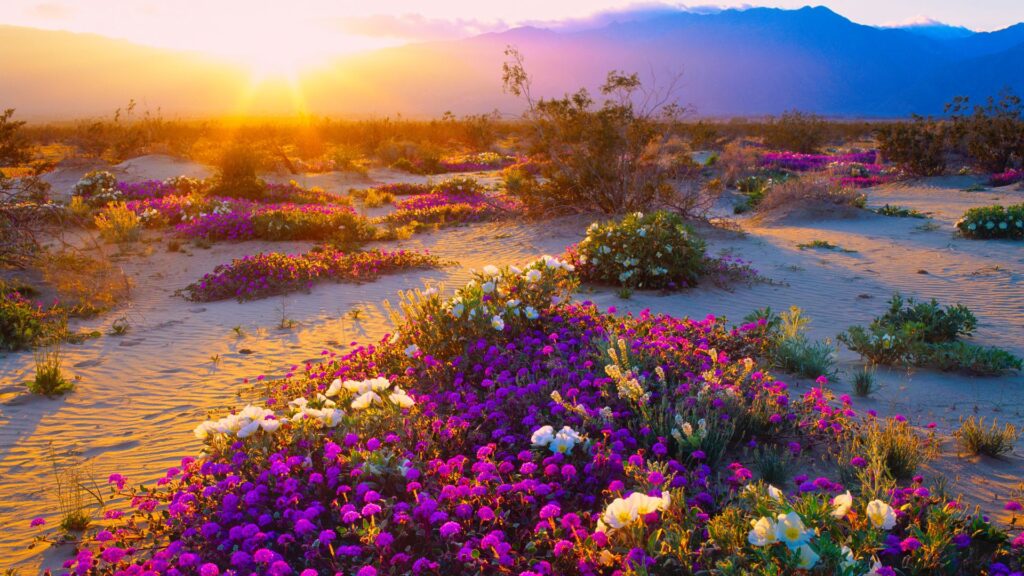
Discover the Magic of the Desert, One Sand Grain at a Time
Desert and landscaping are rarely mentioned together in the same sentence because the desert has a dreadful reputation compared to its verdant green counterparts. We typically think of horticulture in terms of flora and fauna, wooded environments, or tropical paradises. However, the desert has its own remarkable beauty, and many are reevaluating the potential of their own dry dwelling.
The desert is home to an abundance of plant life, as well as regional stones and antiquities that, when combined, create a realm of otherworldly beauty and style-defining nuance. You have a plethora of options for designing a desert landscape that will give your home tremendous curb appeal, from cacti of various shapes to a wash of warm reds and yellows.
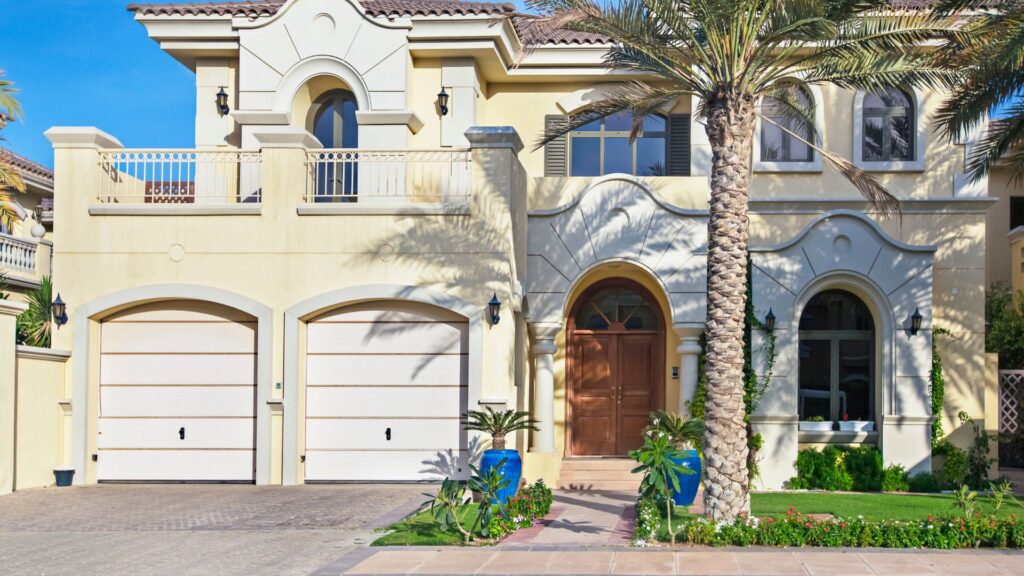
Wildflowers can lend a dash of Eden to a collection of stones and pebbles, while multi-scaled cactus designs proudly proclaim their desert roots. Because desert plants are naturally more resilient than, say, traditional English garden plants, your backyard will be both low-maintenance and beautiful.
If you live in the desert and want to spruce up your garden, Sirwiss’s network of gardening services can show you that the best desert landscape ideas are not for the unimaginative or uninspired, but for the person who sees what the average person misses. Keep reading.
Inspirational Desert Landscaping Ideas to Try
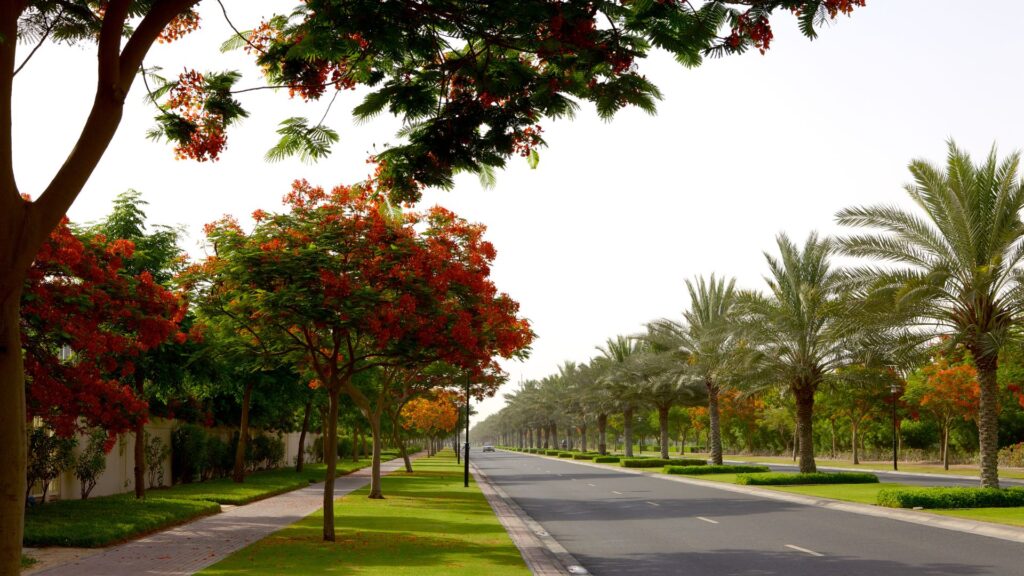
It is possible to create a garden oasis in arid climates by selecting the proper combination of plants and landscaping materials. However, you will need to consider outside the box, as most conventional garden designs will not work.
Consider large-sized plants that are tolerant of high temperatures and adapted to water conservation when designing your arid landscaping so that they can survive in the harsh environment. Carefully tend to the plants, and they will flourish regardless of the arid conditions.
1. Provide a Stage with Appropriate Plants
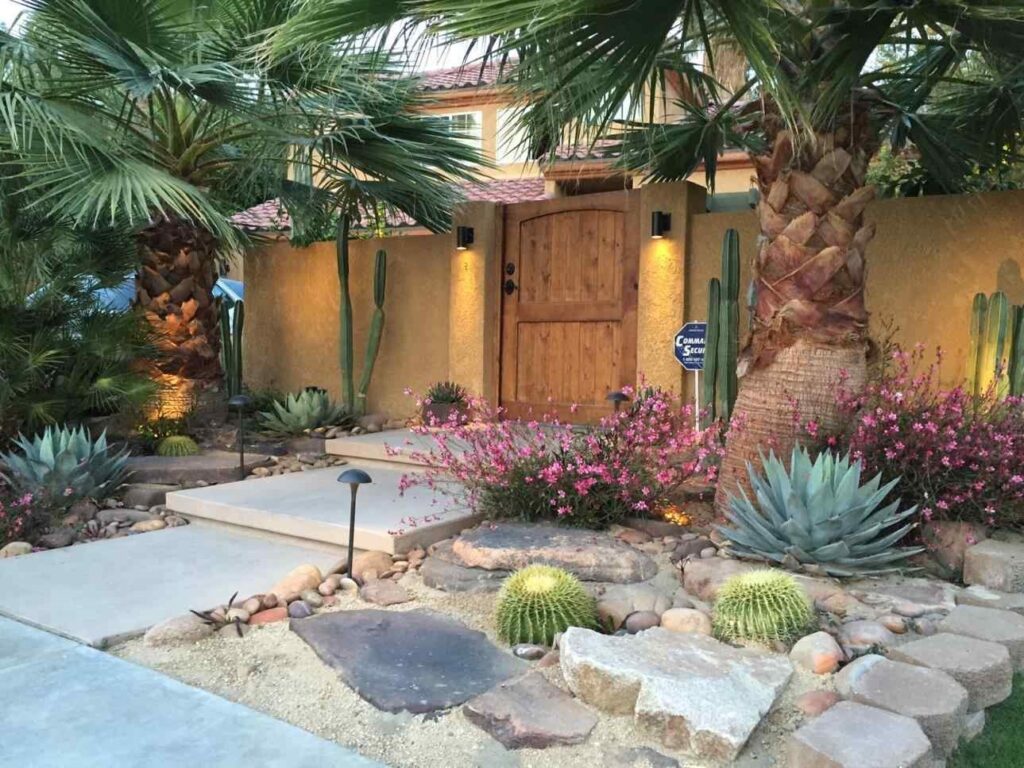
The greatest desert landscaping ideas include native plants, but adaptive species from the surrounding area can also be used. Use drought-tolerant plants that can continue for long periods without being watered. Place sculptural plants and types where they will be noticed the most. If you wish to give shade, choose tall plants like acacia, mesquite, and desert willow. Use a rain barrel to collect rainwater for irrigation whenever practical.
2. Add Architectural Interest

Large, medium, and small-scale environments can be created using natural components, just as they can be created using the architectural elements that make up built space (floor, walls, and ceilings). Take inspiration from the architecture of your home and the surrounding landscape. Raised beds surrounded by stucco walls demonstrate how desert plants can be used to create more conventional garden designs. The goal was to make the high walls appear shorter by means of plant life.
3. Trees to Create Shade and Structure

Consider adding a few trees to your desert landscaping if you want to go a little more imaginative. This can add height and variety to your landscape while also giving needed shade and solitude. There are so many different types of drought-tolerant trees that you’re likely to discover something that fits your environment and style. Trees can also provide a home for wildlife. It is critical to pick trees that are suitable to the climate and soil type while landscaping your desert garden.
4. Make Cacti and Succulents a Focus

There are some traditional plants that should be included in any desert landscaping concepts. Succulents and cactus are always a good mix. Planting succulents and cacti in your yard is a wonderful way to brighten it up. For added texture, put agave along your pathway or aloe vera in raised garden beds. Cacti are, of course, the classic desert plant. They are low-maintenance and can make a lovely focal point in a desert landscape. Cacti come in a range of sizes and forms, so there’s bound to be one that fits your needs. When gardening with cactus, consider using a variety of leaf forms, sizes, and textures.
5. Include Textural Grasses
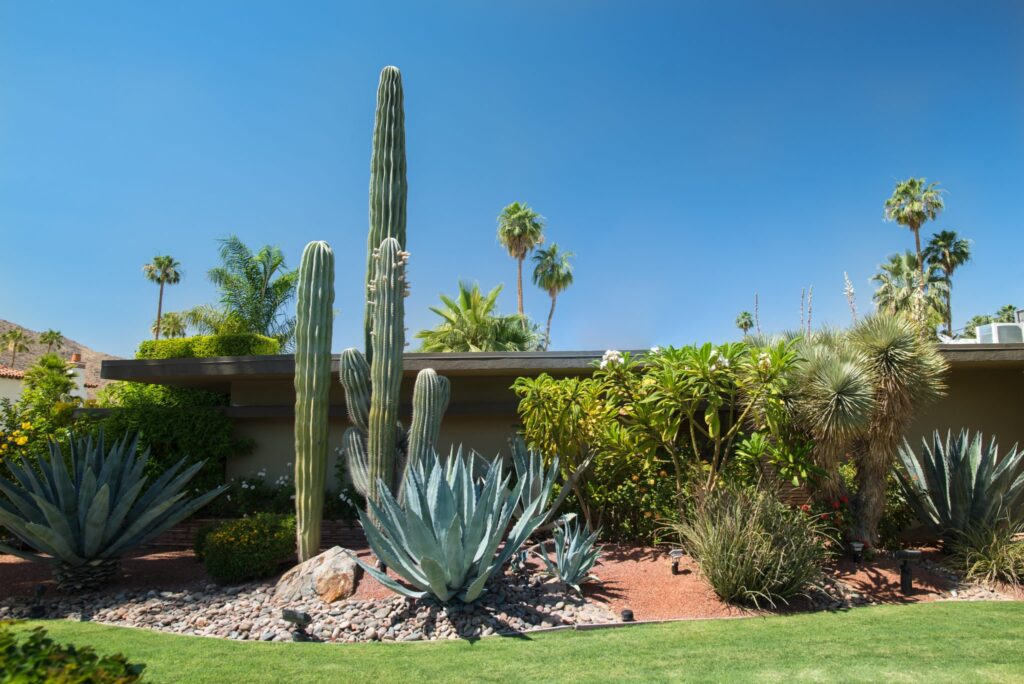
Grasses are an excellent addition to a desert garden because they offer texture and movement to the setting. Blue grama grass and buffalo grass are popular desert garden grasses. These low-maintenance plants will add the finishing touch to your desert garden. Grass landscaping is ideal for desert landscapes since it can grow in hot, dry regions. There are many different types of grasses that are natural to desert regions, so it’s simple to select something that will grow in your yard.
6. Add Sparkles of Color to a Muted Desert Palette

When designing a garden for an arid climate, it is essential to include color. Look for plants with vibrant hues and intriguing textures to add life and vitality to your design. Consider incorporating colorful wildflowers, ornamental grasses, and flowering perennials into your desert landscaping plans to add a burst of color. Desert gardens make excellent use of wildflowers. They thrive in arid climates and lend color to an otherwise monotonous landscape. There are numerous desert-native wildflower varieties, making it simple to locate something that will thrive in your garden.
7. Complementary Landscaping Materials

Remember, when designing your desert garden, that the hardscaping should always complement the plants. If you desire a more natural appearance, create pathways and outdoor seating areas with stones and pebbles. Consider adding hardscaping elements to your garden, such as benches or fire pits, to add another dimension of visual appeal. Try landscaping your desert garden with river rocks to create a rocky pathway or a riverbed made of rocks and stones that will truly stand out. In an arid garden, rocks are essential for retaining moisture and preventing the soil from drying out.
8. Get the Soil Ready for Your Desert Garden

The soil plays a crucial role in the development of a desert landscape. Without the right kind of soil, your plants won’t do well. Choose plants that could survive in a medium with low fertility and high drainage. Mulching the “soil” with gravel to a depth of 4 inches was an important experiment to attempt. This prompts the plants to send out deep, wide roots to the ‘soil’ below in search of water and nutrients. The plants’ ability to withstand water shortages will improve as a result.
The normal pH of desert soil is eight or higher, making it very alkaline. You can increase the soil’s alkalinity by adding powdered lime, which can be purchased in a garden supply store. Trying to guess the pH of your soil will lead to disastrous desert gardening, so invest in a testing kit as soil is the foundation of every desert landscaping plan.
It may seem hard to have a groomed backyard or front yard in the desert. But alas, it is not so. It is very doable. While gardening in the desert does require some adjustments, the fundamentals are the same. You should learn about the different hardiness zones, the soil, and the patterns of sunlight and wind in your area. The desert’s daytime temperatures can reach into the hundreds, but it cools off considerably as night falls. Think about how you can make the most of your area by working with the elements.